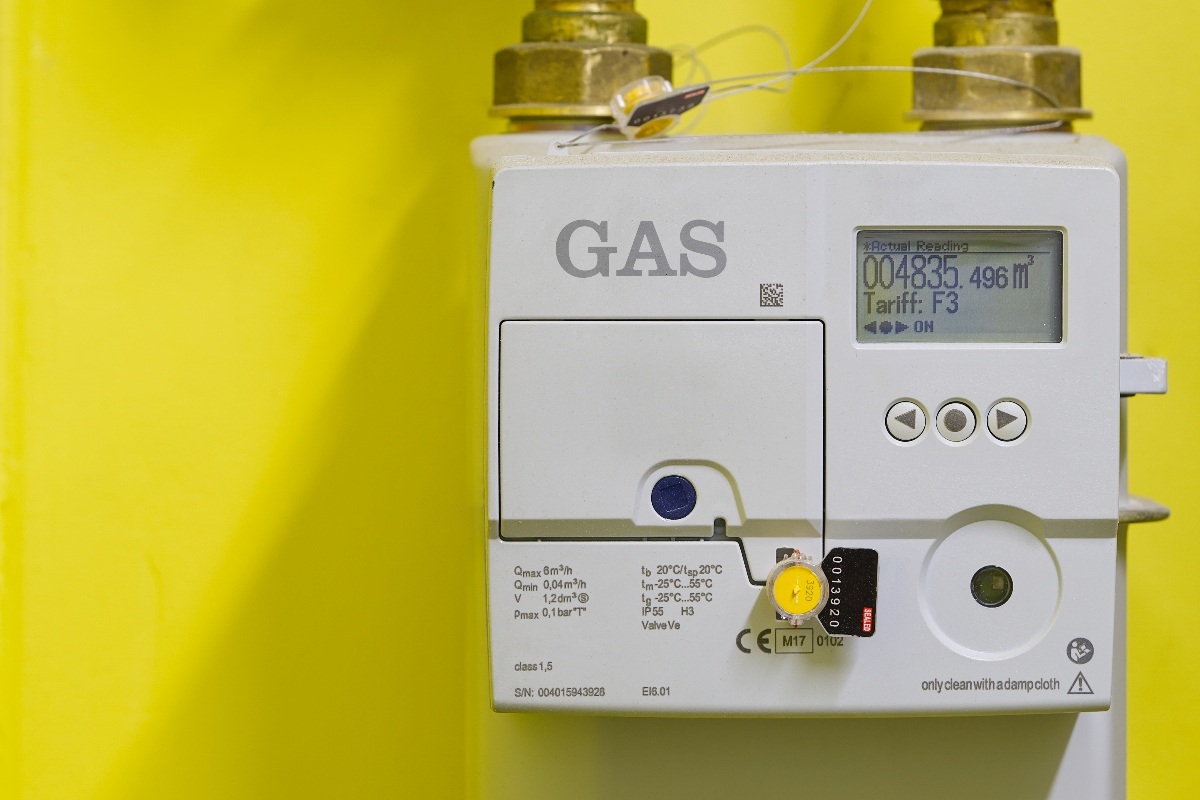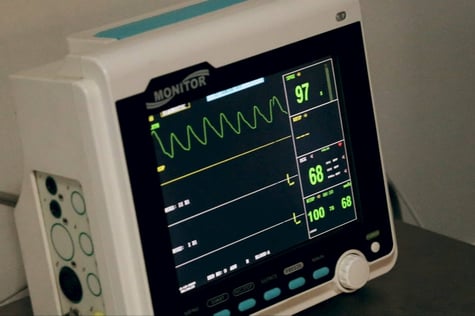Ensuring robust wireless communications for smart meters over extended distances is a critical challenge. This is compounded by the reality that smart meters often have to be integrated into existing, sometimes aged, infrastructure with constrained PCB space. This limitation significantly affects the ground plane clearance, which is essential for optimal antenna performance, especially when aiming for long-range signal transmission.
However, advancements in antenna technology, specifically in high-performance SMD antennas, offer a promising solution to these challenges. This article explores the design strategies to enhance and guarantee the signal range of smart meter applications amidst these constraints.
Understanding the challenge of smart meter range
The performance of a smart meter's wireless communication system is fundamentally tied to the performance of its antenna. The antenna must be capable of maintaining strong and stable connections over the distances between the meters and their corresponding transceiving devices. This is critical for the reliable transmission of data that smart meters are tasked with. However, the limited PCB space within many smart meter designs restricts the size of the ground plane available for the antenna. Since a larger ground plane typically facilitates better antenna performance, this constraint poses a significant challenge for maintaining long range signal transmission over long distances.
The role of high-performance SMD antennas
High-performance SMD antennas are designed to operate effectively within the spatial constraints of smart meter applications. These antennas are engineered to deliver optimal performance even with limited ground plane length, thereby addressing one of the core issues faced by smart meter designers. The following sections delve into strategies to maximise and guarantee signal range through the adoption of such antennas.
1. Opt for antennas designed for limited Space
Even with high-performance antennas, their placement on the PCB is critical. Designers must ensure that the antenna is located in a position that minimises interference from other components while maximising its exposure to the external environment. This optimal placement is vital for enhancing signal range and integrity.
2. Ensure proper antenna placement
The consequence of signal attenuation is multilayered. Primarily, it can lead to reduced communication range and reliability. Furthermore, inconsistent connectivity can lead to data transmission errors, affecting the accuracy and reliability of the metering data, which is crucial for billing and energy management.
3. Incorporate advanced tuning and matching techniques
To further enhance antenna performance in constrained spaces, advanced tuning and matching techniques should be employed. This involves adjusting the antenna's parameters to precisely match the operating conditions and frequencies specific to the smart meter application. Such fine-tuning can significantly improve signal strength and range.
Choose Antenova to ensure the wireless performance of your smart meter
The integration of high-performance SMD antennas offers a viable solution to the challenges of maximising coverage in smart meter applications constrained by limited PCB space. By selecting antennas designed for such conditions, ensuring their optimal placement and employing advanced tuning techniques, designers can effectively overcome the hurdles associated with long-distance wireless communication.
Antenova’s line of high-performance SMD antennas are perfectly suited for smart meter devices. They showcase high high efficiency, compact size, and innovative design to guarantee signal range and enhance their reliability and efficiency, paving the way for more robust and effective smart metering infrastructures.




